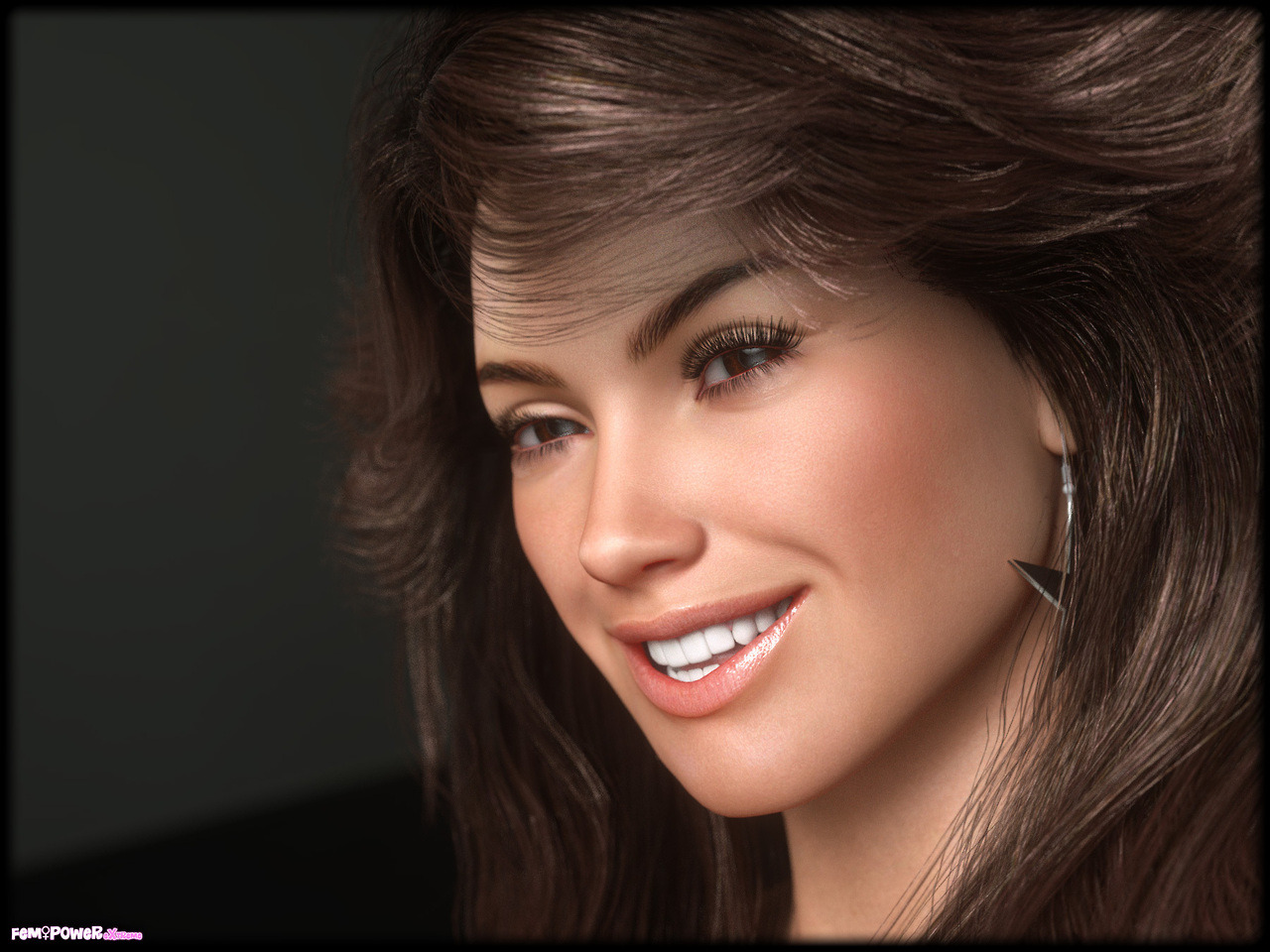


I used the auto-material function in Octane for the eye-lashes. Octane comes with a free online material database containing 100s of organic and non-organic materials. Once you install your Octane plug-in for Daz, you can find the newly installed content under the panel menu. The paid versions makes use of 2 or more on board gpu. The FREE version of the Octane engine is limited to rendering using 1 GPU, which is just fine for someone like me.

Character appearances just got so much better in the Free Octane render.

In this video I share my thoughts about the amazing Octane Render Kit for Daz Studio. You can now delete the sphere from within Daz Studio. Apply the same material to the Lips and Ears. Now apply the skin material to the model – click and drag SkinShader from the left and drop it on the Face surface.When you select a surface a yellow dot will show you which material is attached. The left part lists all available/used materials, the middle part lists current scene models with their available surfaces. With your chosen model loaded, open the Octane Settings window, and select the materials tab.For best results try and use a model that has a diffuse map that is photo-referenced, and not hand painted – Mei Lin 7, Olympia 7,Michael 7 and Michael 6 are good examples. Note that the available surfaces will be different for earlier generation models, but the same principles will apply – e.g. Now import a model – I have used Genesis 3 model (Mei Lin 7) in this example but you can use any model you have.If you open the render viewport the sphere will be rendered, but will be quite dark and not look very much like skin at the moment. You should find a simple scene with a Sphere primitive. Unzip and open the SkinShader.duf file you just downloaded.The left icon is for the Main Octane Settings, the middle opens the render viewport. Make sure the icon on the right is set to ‘Duf’ (click on it to cycle through the options) – this setting will make sure that all Octane settings and materials from the Duf file are loaded (Manual loads no Octane settings, Auto will try and build materials based on the settings within Daz).If the plugin is installed correctly, you should have the following icons in your toolbar In this tutorial, I will use the Mei portrait image below as an example. If you are not familiar with Daz Studio Octane, this introduction article will give you an overview. This can be downloaded at Please note – if you are using the demo version then image size is restricted and will be watermarked, and you will not be able to access the material database. We will need a working version of the Daz Octane plugin installed (full or demo). This article and all of the images within were created by the very talented Brian Sains.


 0 kommentar(er)
0 kommentar(er)
